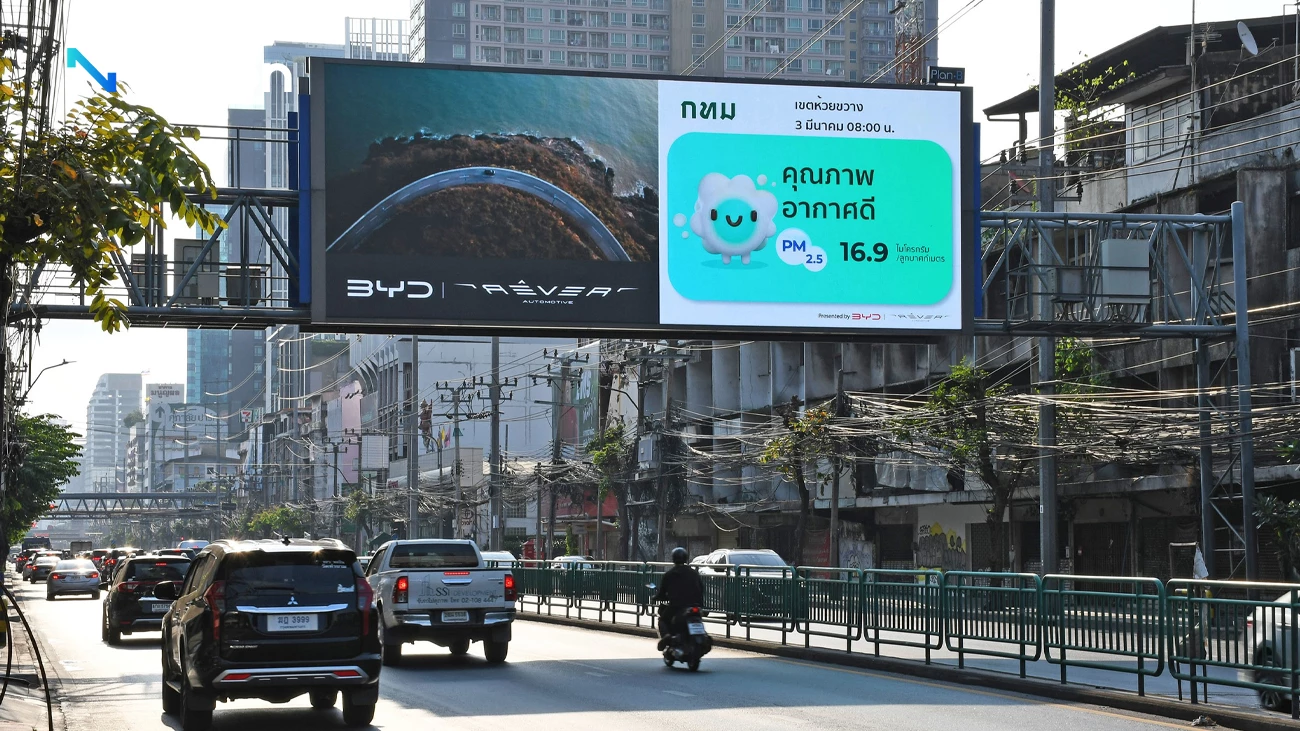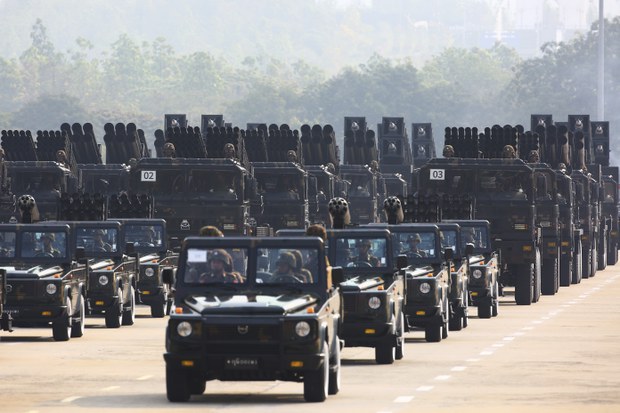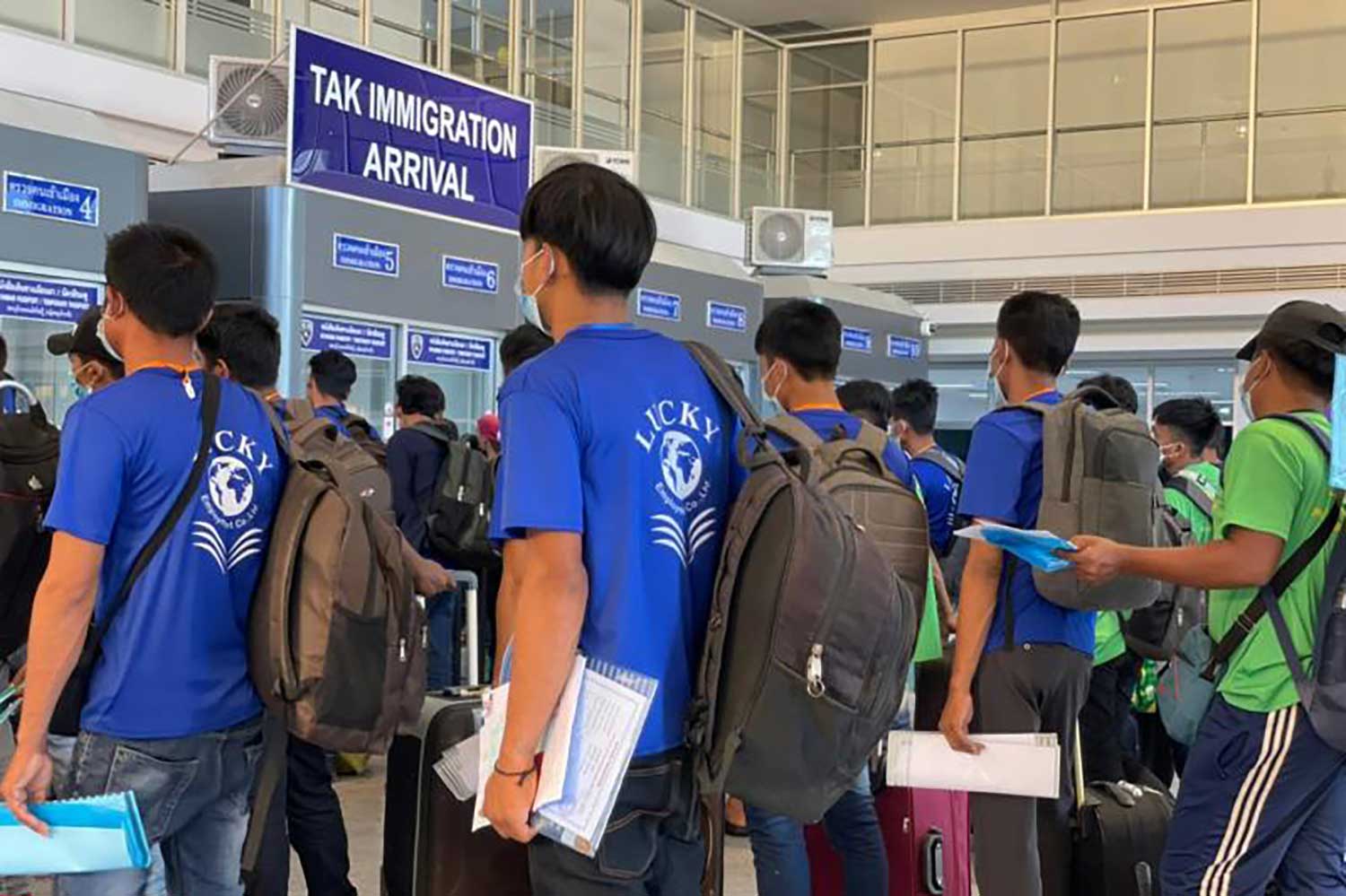72 Intersections Upgraded in 2025
Bangkok’s adaptive traffic signal system, now active at 72 key intersections, has reduced travel delays by 10-41%, marking a significant step toward sustainable traffic management. Governor Chadchart Sittipunt announced the system’s success during a recent executive meeting at City Hall.
Technology Behind the Change
AI-Powered Traffic Control
Unlike traditional fixed-time signals, the Adaptive Signal Control system uses high-precision cameras and AI algorithms to monitor real-time traffic flow. This intelligent setup adjusts light timings dynamically, optimizing efficiency and minimizing delays at busy junctions like Sukhumvit and Rama IV.
Limitations of Old Systems
Manual Controls Fall Short
Bangkok’s 500 intersections largely rely on outdated fixed-time signals or manual police control, which often lead to inefficient traffic flow. Fixed schedules waste time on empty lanes, while manual adjustments lack comprehensive visibility, causing persistent congestion in high-traffic areas.
Benefits of Adaptive Control
Smoother Flow, Less Pollution
The smart system delivers real-time signal adjustments, reducing unnecessary stops and cutting delays by up to 15% in non-peak hours. Improved traffic flow saves fuel, lowers air pollution, and enhances overall efficiency, with ongoing tests to measure peak-hour performance.
Expansion Plans Unveiled
200 More Intersections Targeted
With successful implementation along roads like Phahonyothin and Silom, Bangkok plans to install adaptive systems at 200 additional intersections by 2026. This ambitious expansion aims to create a citywide network, tackling congestion in both central and outer districts.
Call for Traffic Discipline
Public Cooperation Essential
Governor Chadchart stressed that technology alone isn’t enough—driver discipline is critical. Ignoring signals or breaking traffic rules undermines the system’s effectiveness. In heavily congested areas, police coordination with smart signals remains vital for optimal traffic management.









